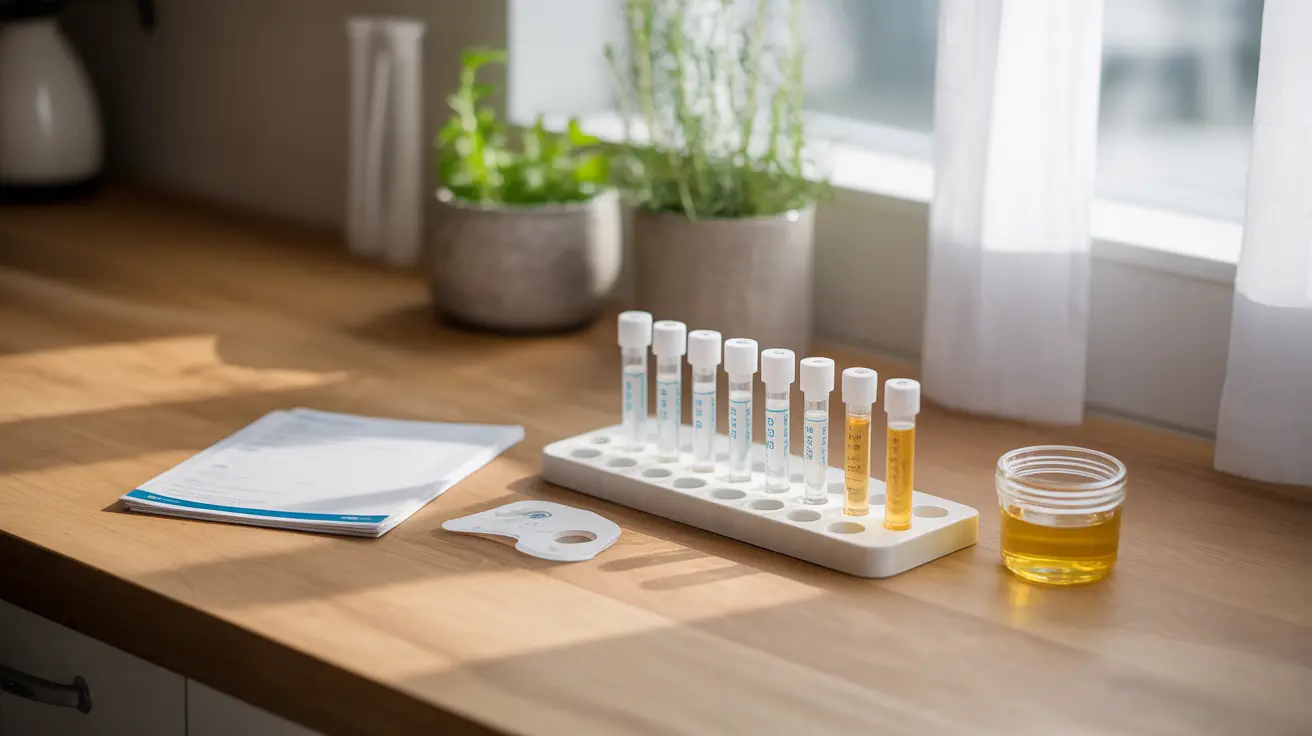Living with Crohn's disease can involve more than just digestive symptoms. Many people with this inflammatory bowel condition also experience back pain, which can significantly impact their quality of life. Understanding the relationship between Crohn's disease and back pain, including where it typically occurs, is crucial for proper management and treatment.
How Crohn's Disease Affects the Back
Back pain in Crohn's disease often manifests as part of the body's inflammatory response. This connection stems from the immune system's activity, which can trigger inflammation not only in the digestive tract but also in the joints and spine. The pain can range from mild discomfort to severe, chronic pain that affects daily activities.
Common Back Pain Locations
Back pain associated with Crohn's disease typically appears in specific areas:
- Lower back (lumbar region)
- Middle back (thoracic spine)
- Sacroiliac joints
- Upper back (less common)
Understanding Axial Arthritis in Crohn's Disease
Axial arthritis is a common complication of Crohn's disease that primarily affects the spine and surrounding joints. This condition can develop as part of the broader spectrum of inflammatory arthritis associated with inflammatory bowel disease (IBD).
Signs of Axial Arthritis
Key indicators of axial arthritis include:
- Morning stiffness lasting more than 30 minutes
- Pain that improves with exercise
- Discomfort that worsens with rest
- Reduced spinal flexibility
- Progressive limitation in range of motion
The Link to Ankylosing Spondylitis
Some people with Crohn's disease may develop ankylosing spondylitis, a more severe form of spinal inflammation. This condition can lead to the fusion of vertebrae over time, causing increased stiffness and reduced mobility in the spine.
Treatment Options for Crohn's-Related Back Pain
Managing back pain in Crohn's disease typically involves a multi-faceted approach:
- Anti-inflammatory medications
- Physical therapy
- Regular exercise
- Posture improvement techniques
- Biologic medications (when necessary)
- Heat and cold therapy
Lifestyle Modifications
Several lifestyle changes can help manage back pain:
- Maintaining good posture
- Regular stretching exercises
- Low-impact physical activities
- Proper sleep positioning
- Stress management techniques
Differentiating Crohn's-Related Back Pain
It's essential to distinguish between back pain caused by Crohn's disease and other sources. Crohn's-related back pain often coincides with disease flares, improves with anti-inflammatory treatments, and may be accompanied by other inflammatory symptoms.
Frequently Asked Questions
What causes back pain in people with Crohn's disease and where is it usually located? Back pain in Crohn's disease is primarily caused by inflammation affecting the joints and spine. It's most commonly located in the lower back and sacroiliac joints, though it can occur throughout the spine.
How is axial arthritis related to Crohn's disease and what symptoms should I watch for in my lower back? Axial arthritis is an inflammatory condition that often accompanies Crohn's disease. Watch for morning stiffness, pain that improves with movement, and persistent lower back discomfort, especially during disease flares.
Can Crohn's disease lead to ankylosing spondylitis, and how does that affect spinal health and mobility? Yes, Crohn's disease can increase the risk of developing ankylosing spondylitis. This condition can cause progressive spinal stiffness, reduced mobility, and in severe cases, spinal fusion.
What treatments are available to manage back pain caused by Crohn's-related arthritis and inflammation? Treatment options include anti-inflammatory medications, physical therapy, exercise programs, and in some cases, biological medications. Heat therapy, stretching, and lifestyle modifications can also help manage symptoms.
How can I tell if my back pain is connected to Crohn's disease or if it's caused by something else? Crohn's-related back pain often correlates with disease flares, responds to anti-inflammatory treatments, and may be accompanied by other IBD symptoms. A healthcare provider can help determine the cause through physical examination and appropriate testing.




